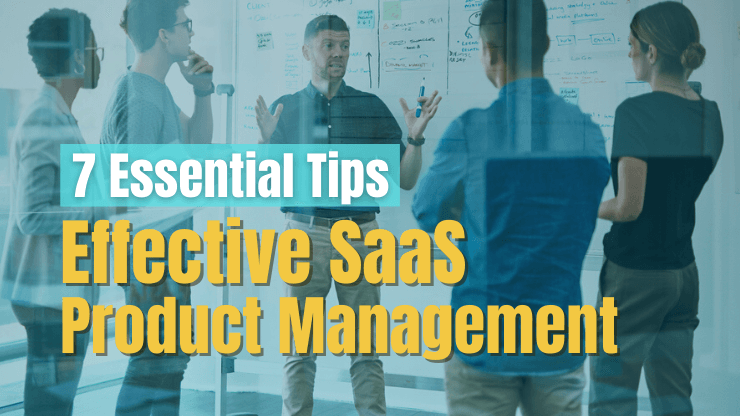What is your UX design process?
UI/UX design is a critical part of any front-end development or software development project. Without a great design you risk building something that users simply do not find appealing or usable. In fact, 25% of project failures are attributed to UX design issues!
At SoftKraft we use a standard UI/UX design process to ensure our clients have a well-designed, customer-centric product:
Research
| Design
| Evaluation
| Implement
|
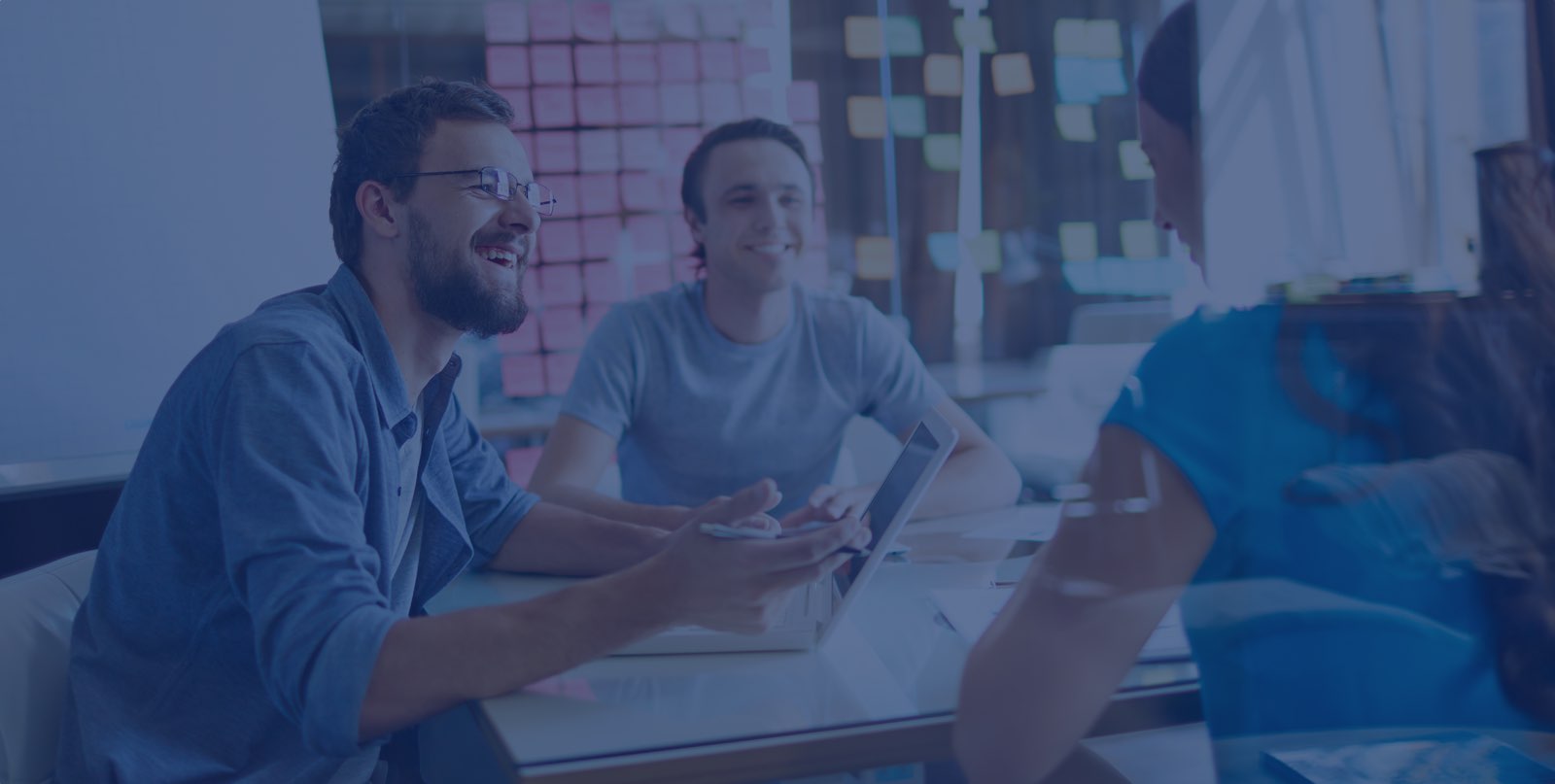


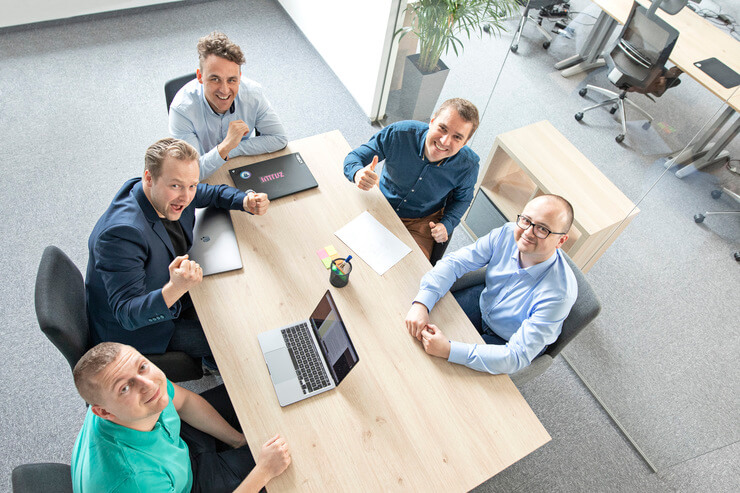
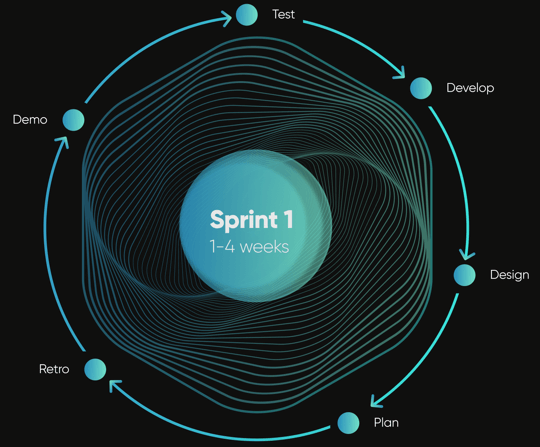
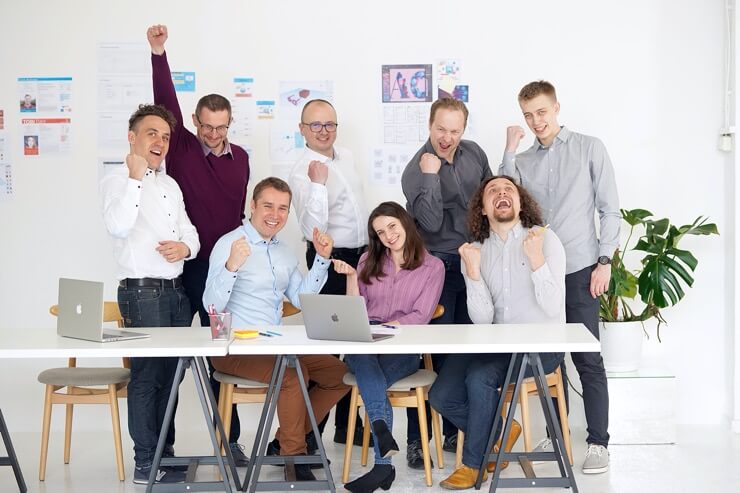
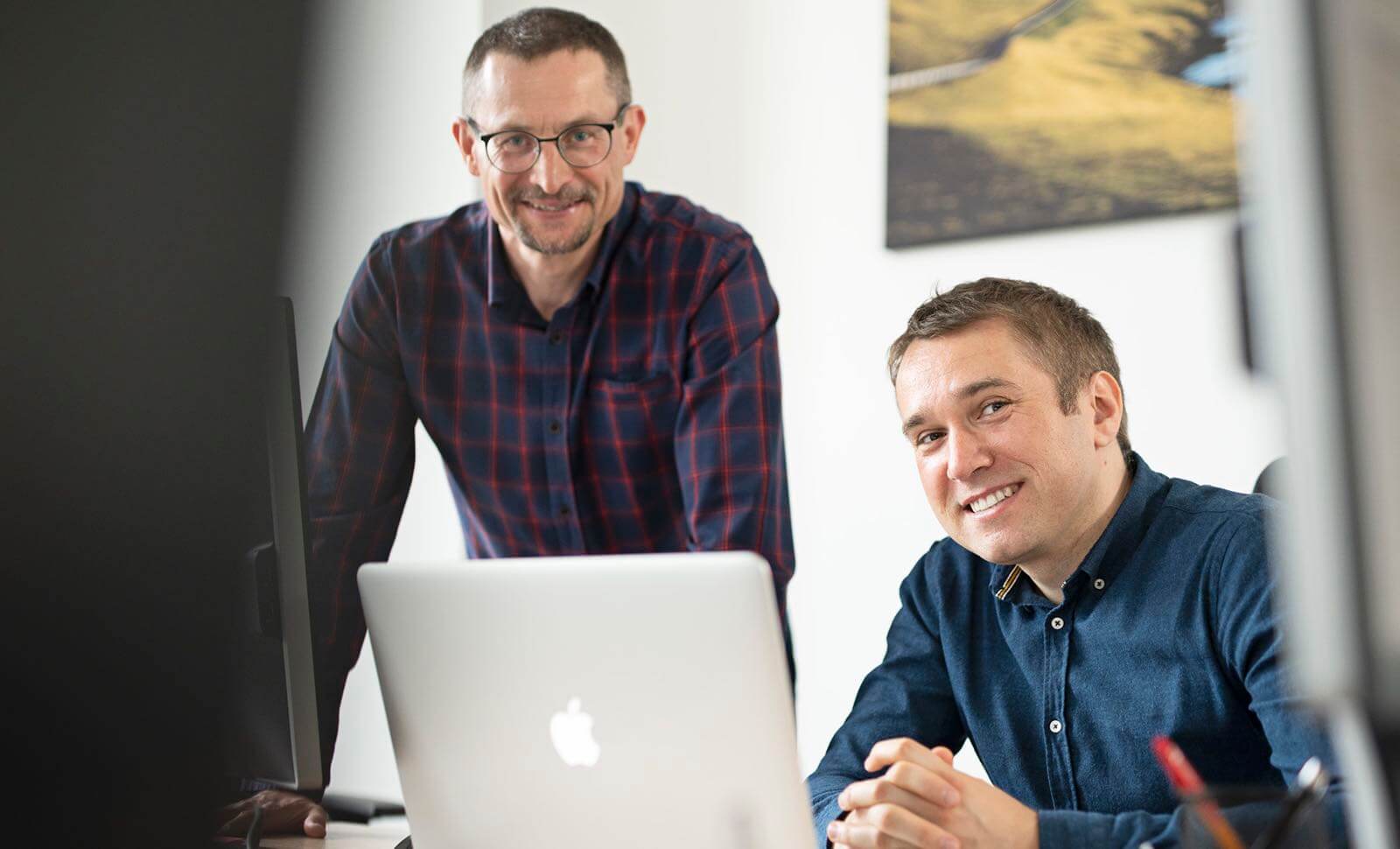


![Product Charter: Template & Writing Process Steps [with Examples]](/uploads/blog/product-charter-template-writing/product-charter-template-writing.png)
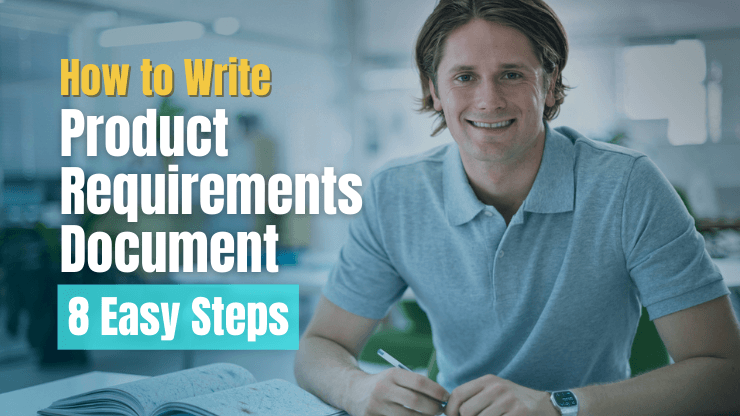
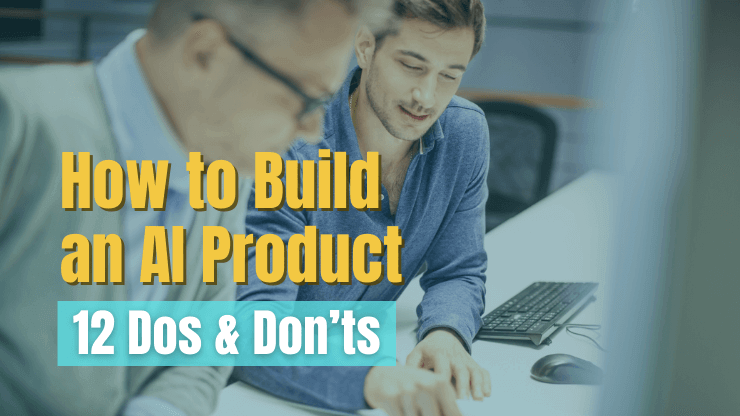
![6 Essential Product Team Roles [Definitions and Resources]](/uploads/blog/product-team-roles/product-team-roles.png)
![Top 3 Product Team Structures — Which is the Best? [Pros & Cons]](/uploads/blog/product-team-structure/product-team-structure.png)
